The desired Scenarios of Forlì at 2050
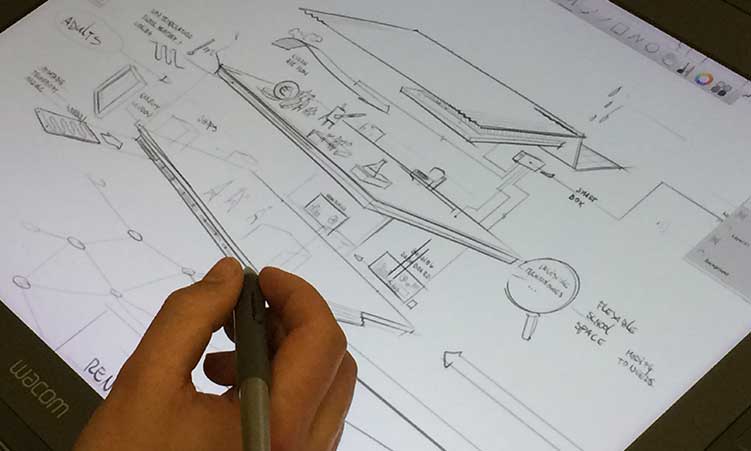
THE DESIRED SCENARIOS OF FORLI’ AT 2050
From 13rd to 15th April 2016 the city of Forlì has returned to question on its future at 2050 concerning the issues related to sustainability and urban quality during the “Scenario Workshop”, organized by the Municipality within the activities of the R4E project – Roadmpas for Energy. Elke van Ouden and Rianne Valkenburg from the TU/lighthouse (the Innovation Center of the Technical University of Eindhoven) were the facilitators of the workshop – attended by municipal technicians and managers, businesses, local stakeholders – with the aim of defining the visions/scenarios of the city for 2050.
Starting from the ambitions of the city, defined in the previous workshop of July 2015, it has been possible to outline the Forlì of the future (at 2050) in the fields of urban spaces and of energy efficiency of buildings.
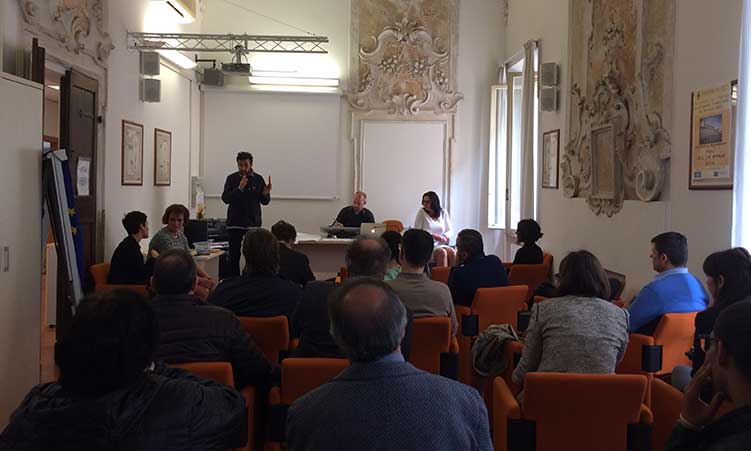
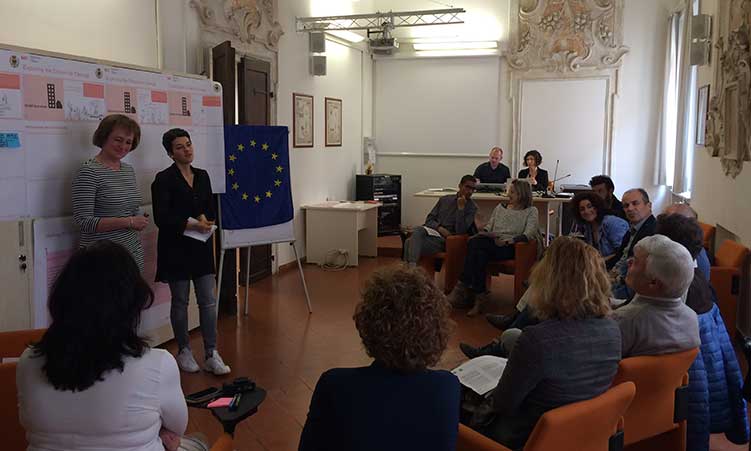


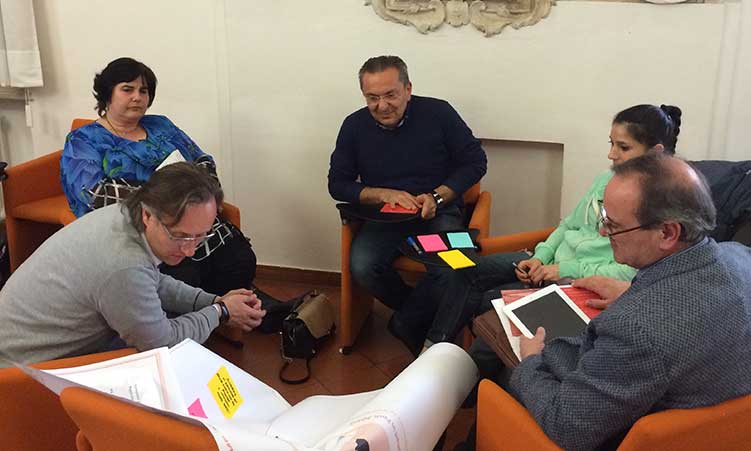
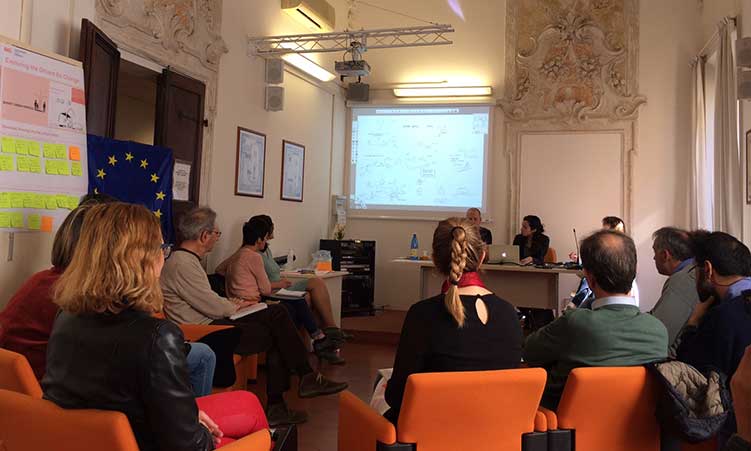
In 2050, people in Forlì value their historical heritage and enjoy a compact, well-planned city with a lively centre. On one side historical buildings are renovated with respect for their heritage, and have new uses that serve the community, on the other side the urban planning focuses on providing spaces for social engagement also through well connected and well-equipped green spaces. There are no standard rules: each building has a different social and cultural background that is revived while it is transformed in order to be in line with the needs of 2050. For example, a church may become a museum or a theatre, thereby maintaining the function of connecting citizens.

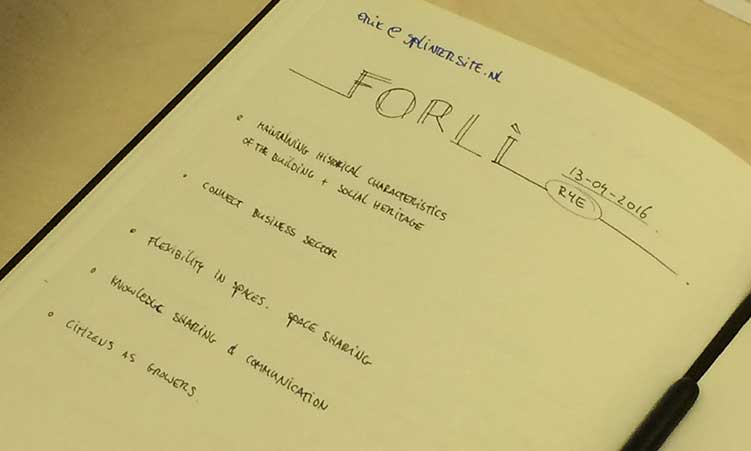
The top-level infrastructure of Forlì of 2050 will attract companies (both established and start-up) to set up their activities and to contribute to the local economy. Consequently, the economy will be flourishing with new businesses that create community value.
Entrepreneurs will develop new sharing services for citizens, thereby reducing the use of land and environmental resources. Citizens will have a different mindset and reduce their footprint actively by choosing sustainable energy, locally produced food and shared services. Citizens will enjoy ‘slow mobility’ (walking, cycling and automated vehicles), allowing more attractively designed streets. At the same time Forlì will provide a well-designed network of routes, exploring nature, culture, sports and local wine, food and handicrafts. The routes will respond to the demand for a quality lifestyle supported by smart technologies. Schools and hospitals will be leading examples of ‘people smart’ services that encourage learning and healing. The new urban fabric features taller and more efficient buildings, while preserving and enhancing unique historical assets.
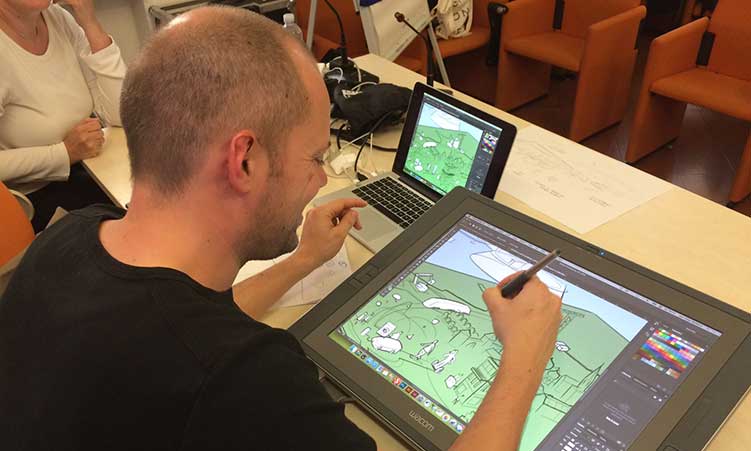
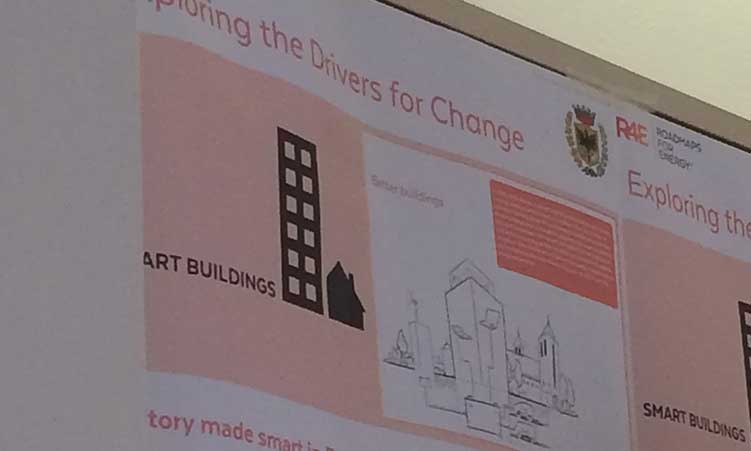
The new buildings will offer modern city facilities: they will produce and store (renewable) energy, provide vertical vegetable gardens, and green surfaces that reduce heat stress and recover rainwater. New technologies will be used to achieve zero-emission, self-sufficient buildings. Superb buildings will maximise comfort for the users and facilitate building management because they use the latest technology for building automation, air quality control, renewable materials and efficient installations.
Furthermore the aim towards 2050 is also that buildings and spaces will be versatile, so they can be used by the community for different purposes on a 24/7 basis.
These identified elements of the desired future scenario have been also graphically developed and summarized in two tabs produced by TU/lighthouse.
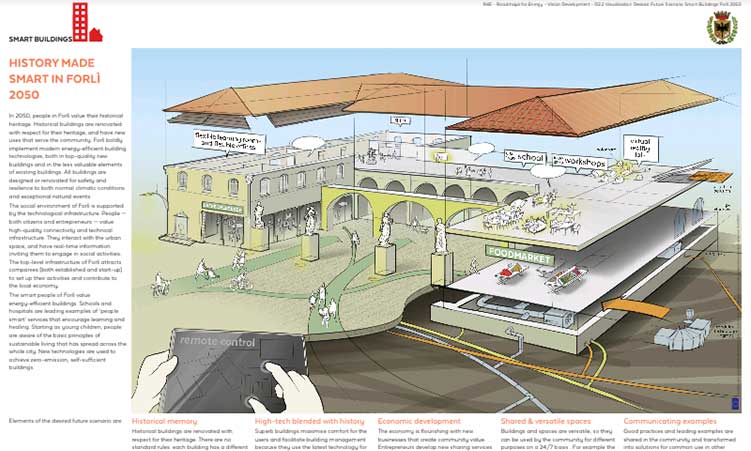
The 2050 city visions will be the starting point of the R4E project workshop which will be held in Forlì in March 2017.
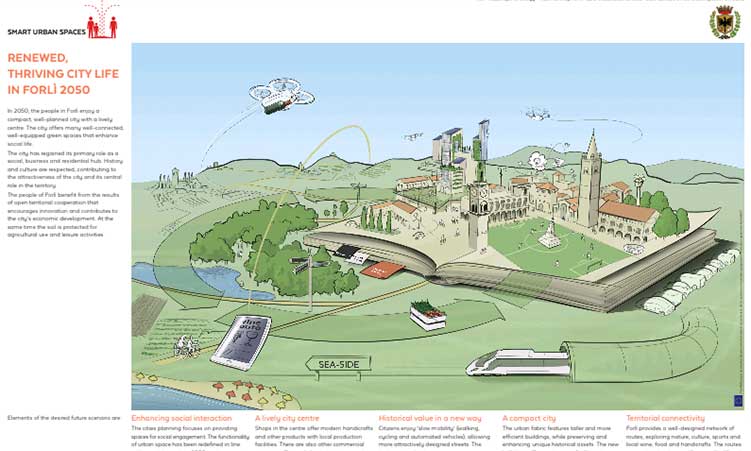
This next workshop will aim at defining the roadmaps of direction towards an intelligent city, that is more sustainable, more functional and livable, thus allowing the Municipality of Forlì to refine its economic, social and environmental development strategy, enriched by the participation of several actors and by the comparison with different cities like the other European partners.
Leave a Comment